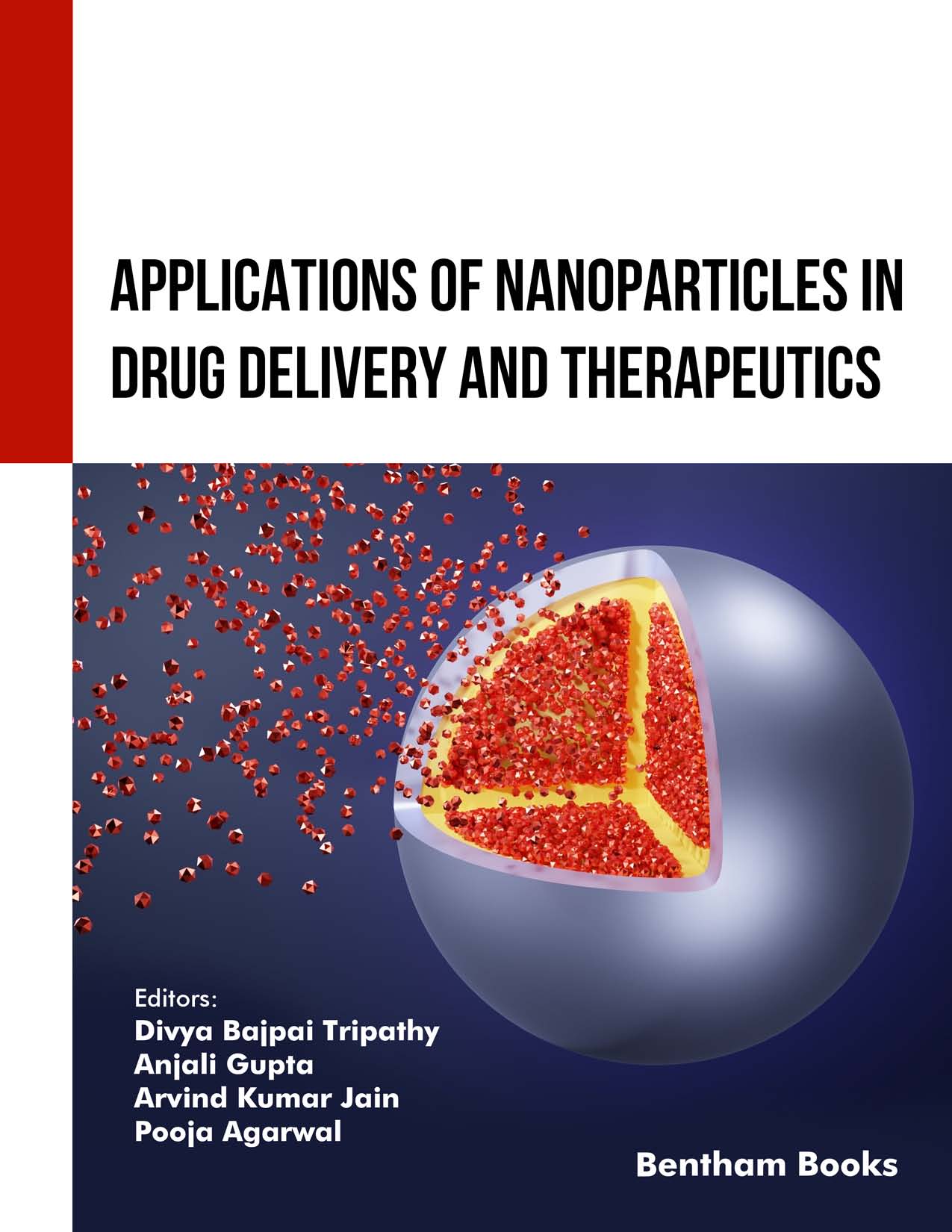Introduction
Applications of Nanoparticles in Drug Delivery and Therapeutics is an authoritative review on nanoparticle-based drug delivery systems. This comprehensive volume focuses on the transformative role of nanoparticles in enhancing drug delivery systems and advancing therapeutic applications. By bridging the gap between laboratory research and clinical practice, this book offers a thorough exploration of how nanotechnology is revolutionizing the pharmaceutical industry.
The book is structured into well-organized chapters, each dedicated to a specific aspect of nanoparticle-based drug delivery and therapy. Initial chapters provide a foundational understanding of nanoparticle synthesis, characterization, and functionalization. Subsequent sections cover various types of nanoparticles, including liposomes, dendrimers, and polymeric nanoparticles, highlighting their unique properties and applications. The latter chapters delve into case studies and clinical trials, showcasing real-world applications and the therapeutic potential of nanoparticle technologies in treating diseases like cancer, cardiovascular disorders, and neurodegenerative diseases.
Key features of this book include detailed discussions on the design and optimization of nanoparticles for targeted drug delivery, insights into the regulatory and safety aspects of nanomedicine, and comprehensive reviews of current and emerging therapeutic applications. The book also offers practical guidance on the challenges and future directions in the field, making it an invaluable reference for researchers and practitioners alike.
Chapters 1 and 2 are based on the introduction of nanomaterials used as drug delivery systems, their manufacturing approaches and applications. Chapters 3 and 4 emphasize on the use of nanoparticles in medical diagnostics and in intervention devices. Chapters 5 and 6 illustrate the use of lipids-based nanoparticles in medical imaging and drug delivery. Chapter 7 specifically discusses amino acid functionalized inorganic nanoparticles in diagnostics. Chapter 8 is focused on the special class of nanoparticles “hybrid nanocomposites”. Chapters 9 and 10 covers the applications of silica and fullerene nanomaterials in anticancer drug delivery.
The book is intended as a resource for pharmaceutical scientists, biomedical researchers, and healthcare professionals keen on the latest advancements in drug delivery systems. It also serves as essential reading for graduate students and academics in pharmacology and medical courses that require learning about modern drug delivery systems.
Readership
Students, pharmaceutical scientists and healthcare professionals.

